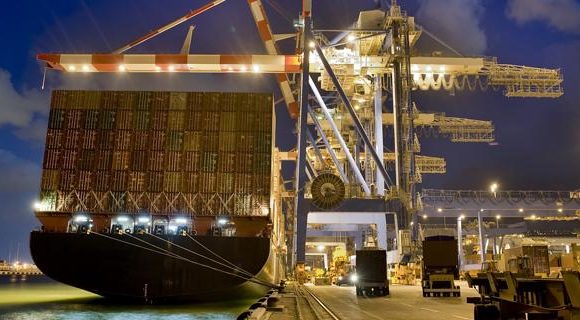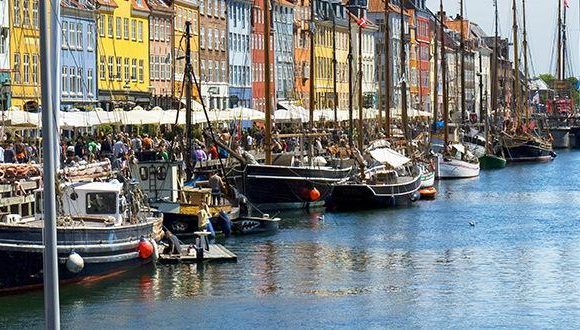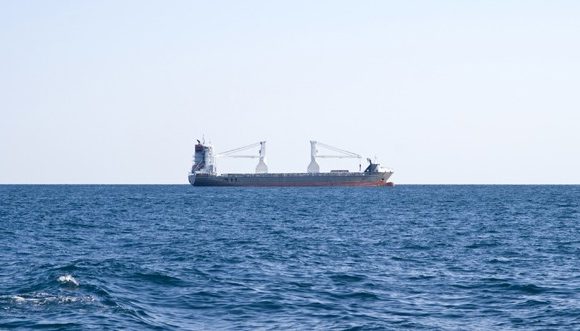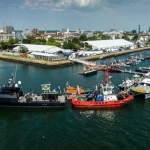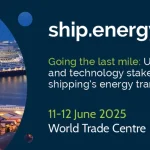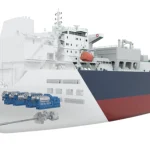Saving Ships By Cutting Their Drift
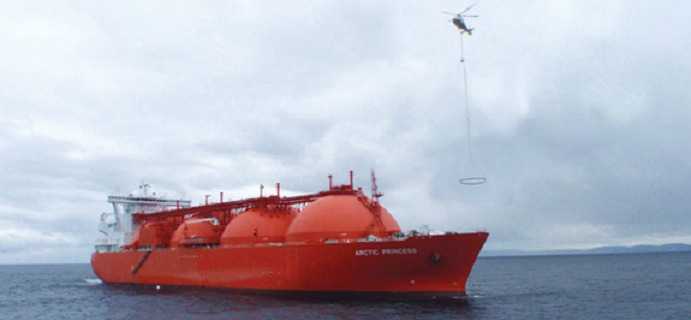
The failure of a ship’s engines while at sea will cause it to drift and to turn side-on to the wind and the tide. The speed with which this happens will depend upon the strength of the wind but modern cruise ships and car carriers have surface areas many times greater than the sail area of a sailing clipper. This means that the ship’s rate of drift can quickly cause it to run aground with predictably disastrous consequences. The loss of power also means that the ship will begin a rolling motion that can become very severe. In fact Europe’s two major oil spill disasters, the Erica in 1999 and the Prestige in 2002 were caused by the ships breakingup due to their heavy rolling motion. If the ship has also been abandoned by its crew it then becomes extremely difficult for a tow line to be connected to it. Under these conditions the severity of the rolling motion will make work and movement becomes extremely difficult for the crew while any deck cargo is likely to be lost overboard.
When the submersible heavy lift vessel Ancora lost engine power in mid-Atlantic in 2008 there was no danger of it running aground. Yet the heavy weather induced such severe rolling that the massive $460-million dollar jack-up liftboat; Titan 1, that it was carrying was toppled overboard. Without engine power there was, at that time, nothing the crew could do to stop it but the development of the ShipArrestor system makes the situation very different today.
Developed partly with European funding in Norway by Miko Marine AS, the ShipArrestor is basically a large, parachuteshaped sea anchor that can be connected to an unmanned drifting ship by a helicopter. Alternatively it may be carried aboard the ship as part of its conditions of insurance. If engine power is lost a ShipArrestor will turn the vessel’s bow into the wind and virtually eliminate any rolling and the associated stresses. It always slows the vessel’s drift rate and because the connector, tow-line, sea-anchor and pick-up system come as one integrated unit, it is ready to tow when a rescue tug arrives. By slowing the rate of a ship’s drift the ShipArrestor consequently creates more time for a towing vessel to reach the casualty before it runs aground. The system’s effectiveness has been demonstrated in full scale tests when in one trial a 30-metre diameter nylon sea anchor was able to turn a 120,000 ton LNG (Liquefied Natural Gas) tanker into the wind and slow its drift by 58 per cent.
The ShipArrestor has been created so that a conventional search and rescue helicopter can deploy the tow-line connector around the winch gear on the foredeck of a ship. In an emergency the ShipArrestor system would be taken from storage at a strategicaly located air base and attached to an available helicopter which would quickly fly to the endangered ship with it hanging below. A 6-metre diameter ring of specially developed lightweight chain is created by an inflatable tube and is lowered over the strong point on the foredeck of the stricken ship. A 20-metre chain forerunner protects against chafing against deck gear and gunwhale and the helicopter then lays the lightweight 200-metre Dynema tow-line upwind and releases it attached to a sea anchor and integrated pick-up gear. Once the rescue tug arrives, it can quickly and easily pick up the line and tow the ship to safety.
This can now be seen on You tube.com – Mikomarine_shiparrestor.wmv
The ShipArrestor now enables sea anchors to be regularly carried aboard ships where they can be readily available for emergency use. They can be permanently installed in a pack on a ship’s foredeck and automatically launched at the touch of a button. Because they are self-contained units, ShipArrestors can also be owned by a fleet and moved to any vessel about to carry a vulnerable cargo. The ShipArrestor is now under consideration by national maritime administrations that have a need to protect their coastlines. The Norwegian, Swedish, UK and Canadian coastal administrations are all actively considering its use and the German Havari Kommando Nord is planning tests of a version modified to its own requirements this year.
Everyone in the maritime industry knows that it is not unusual for ships to become abandoned or to lose engine power at sea. They are also aware that the consequences of them running aground can be disastrous regardless of whether they are giant tankers or smaller cargo vessels laden with fuel. The availability of a method for regaining control of such ships is an important option that is now available for vulnerable coastal administrations and also for ship owners aware of the dangers and liabilities faced by their ships and crews.
For more information visit; www.shiparrestor.com

